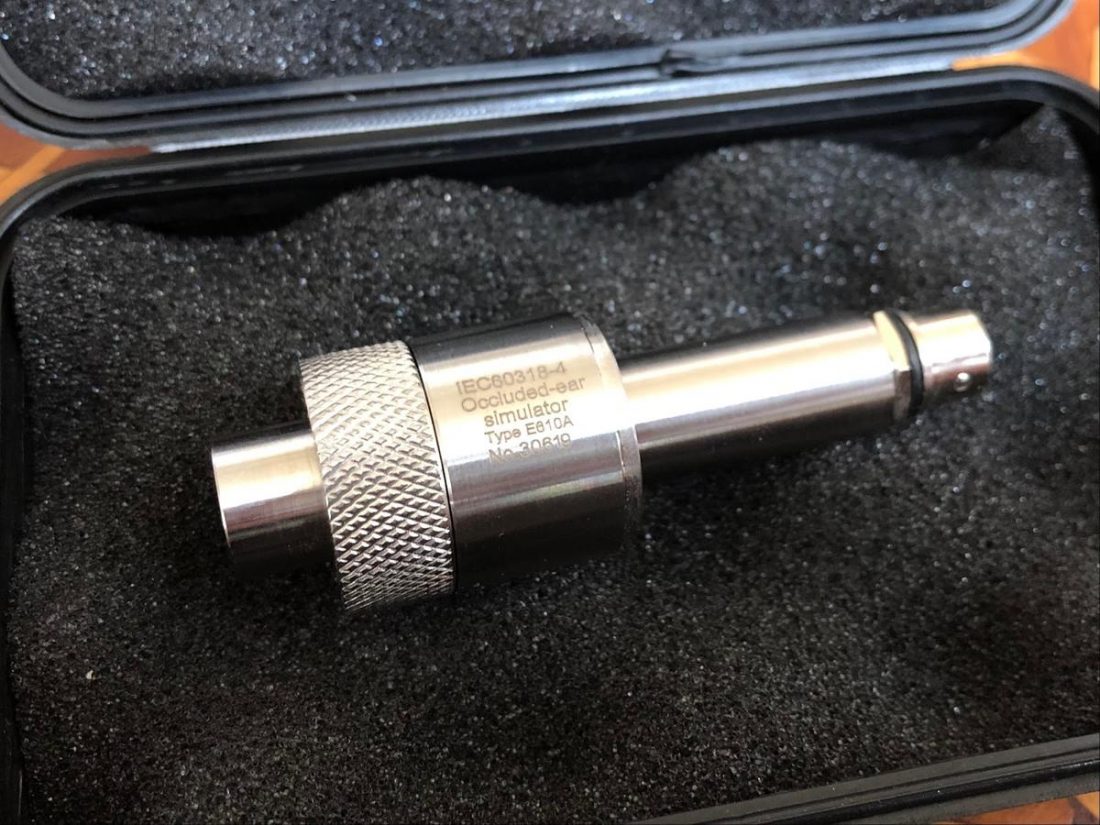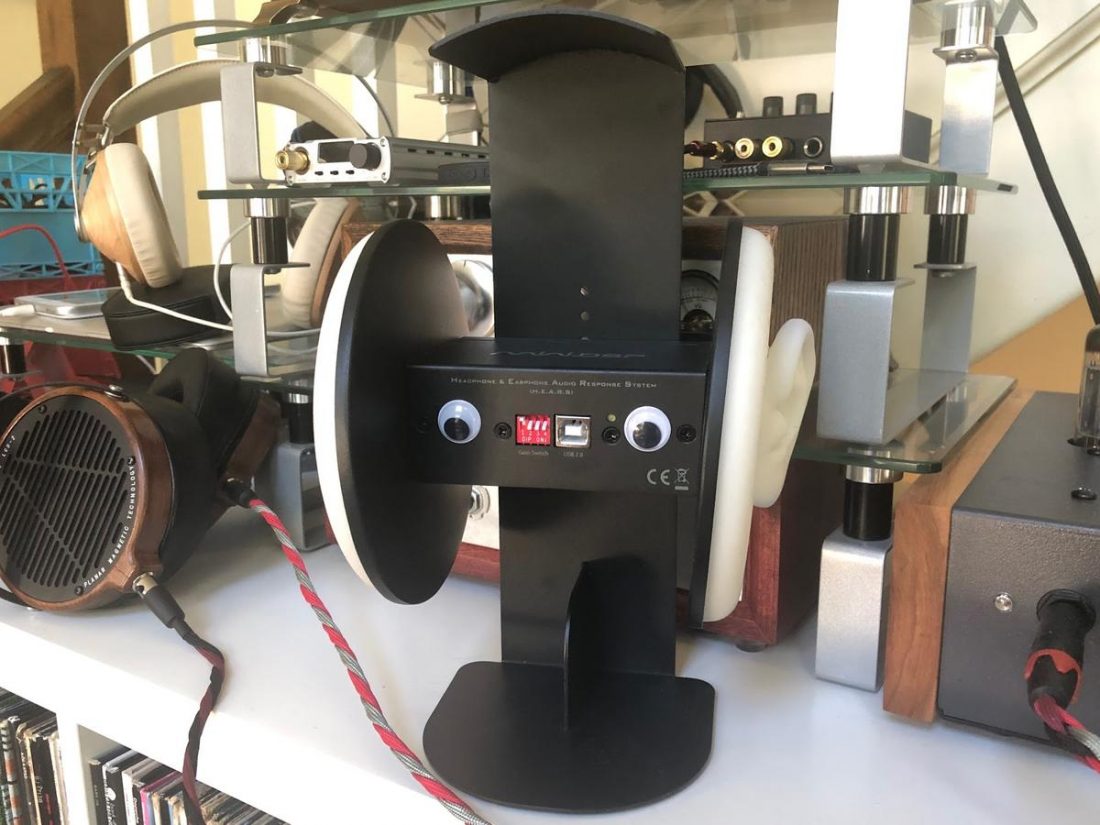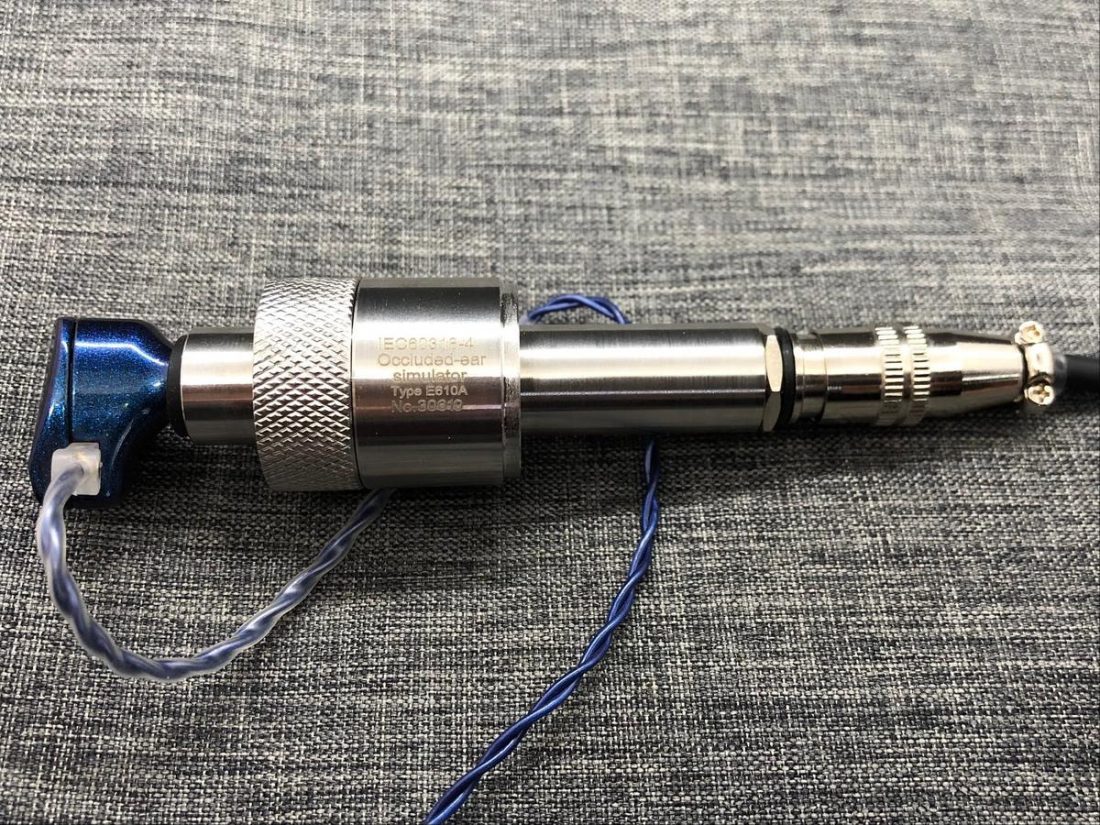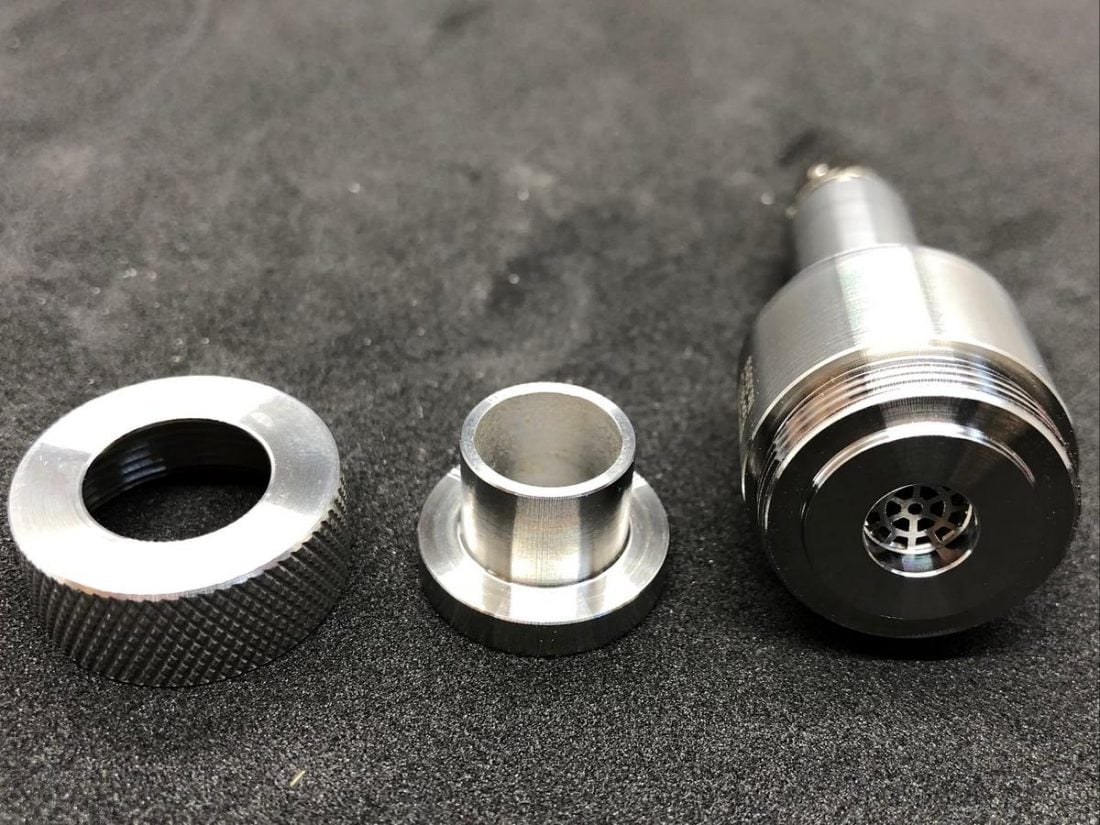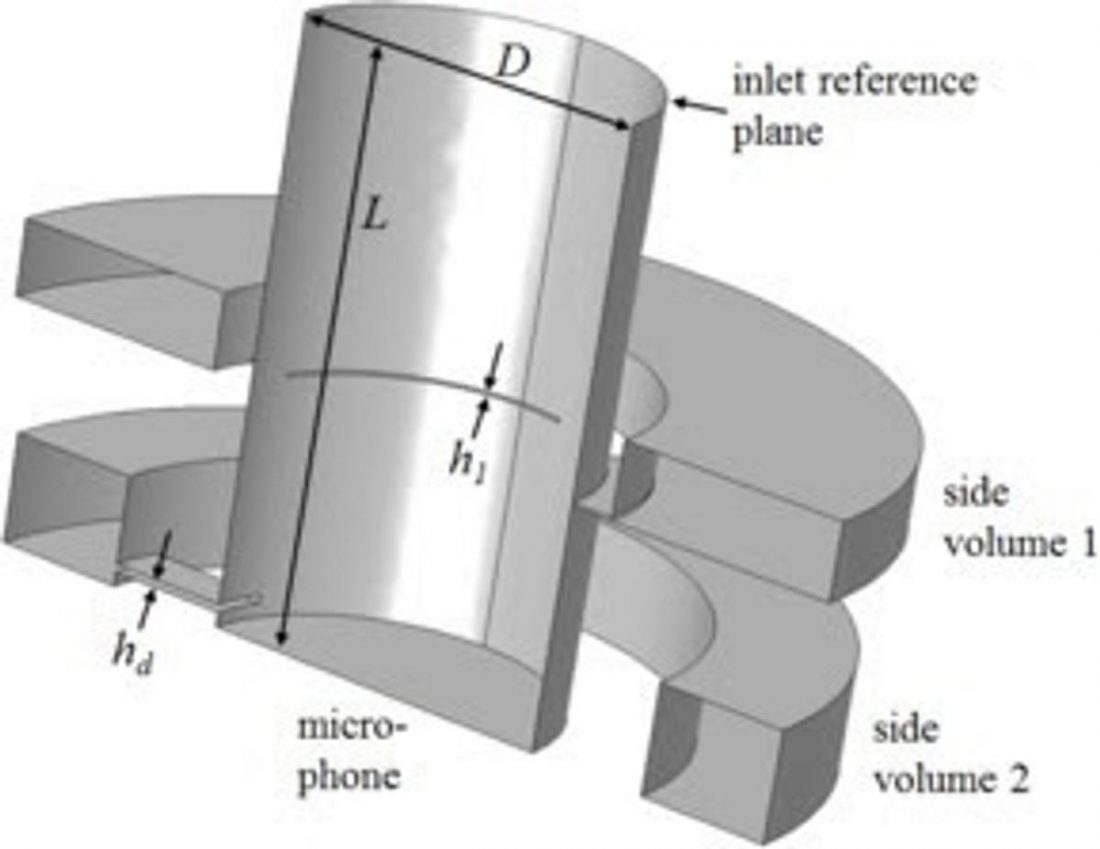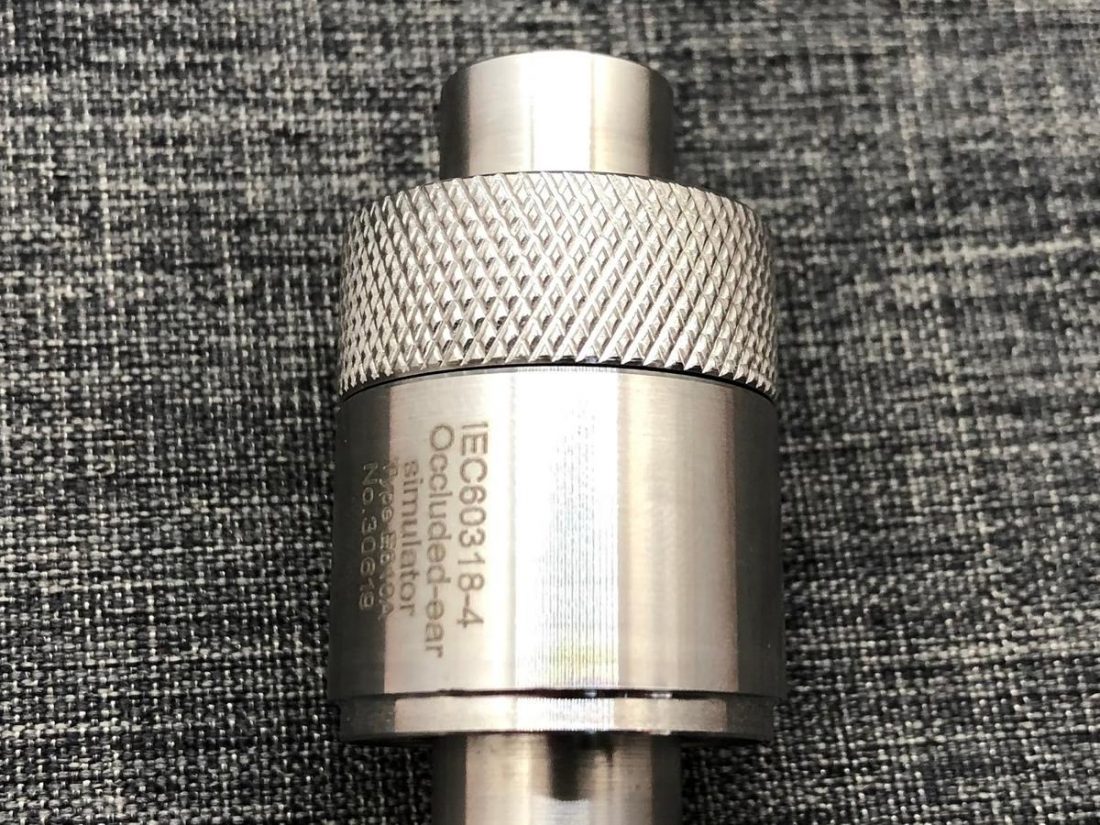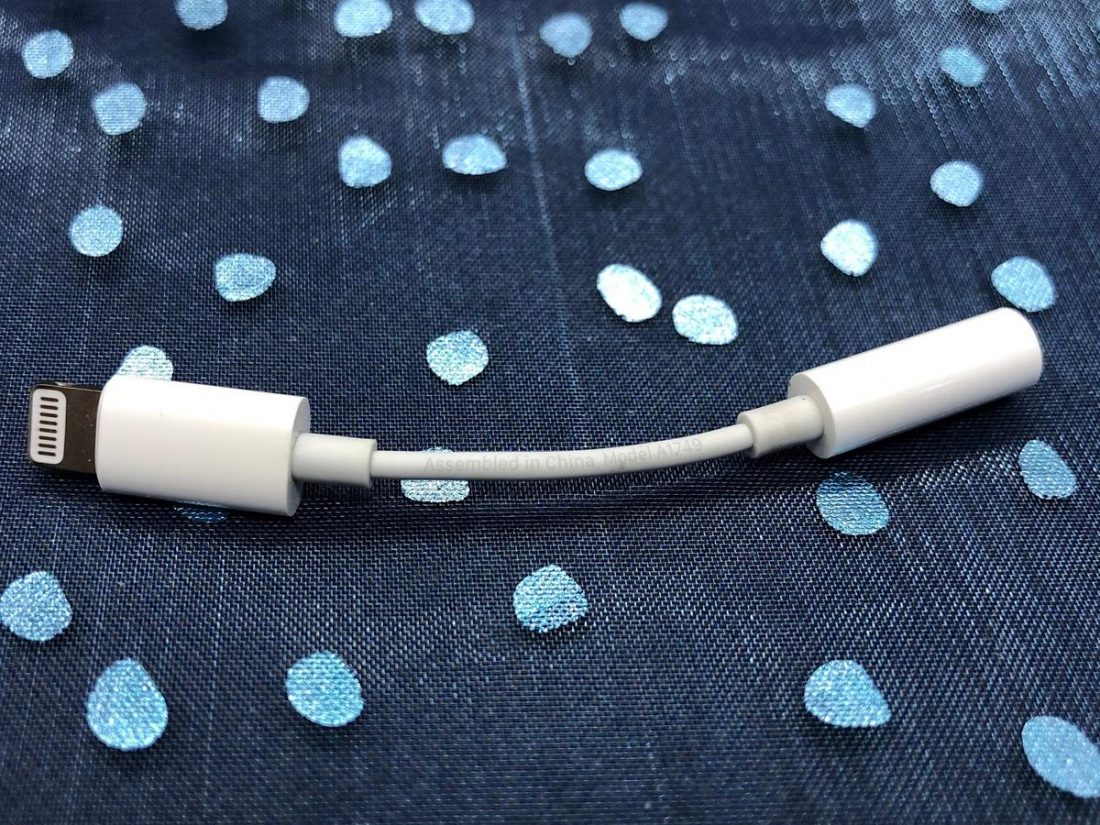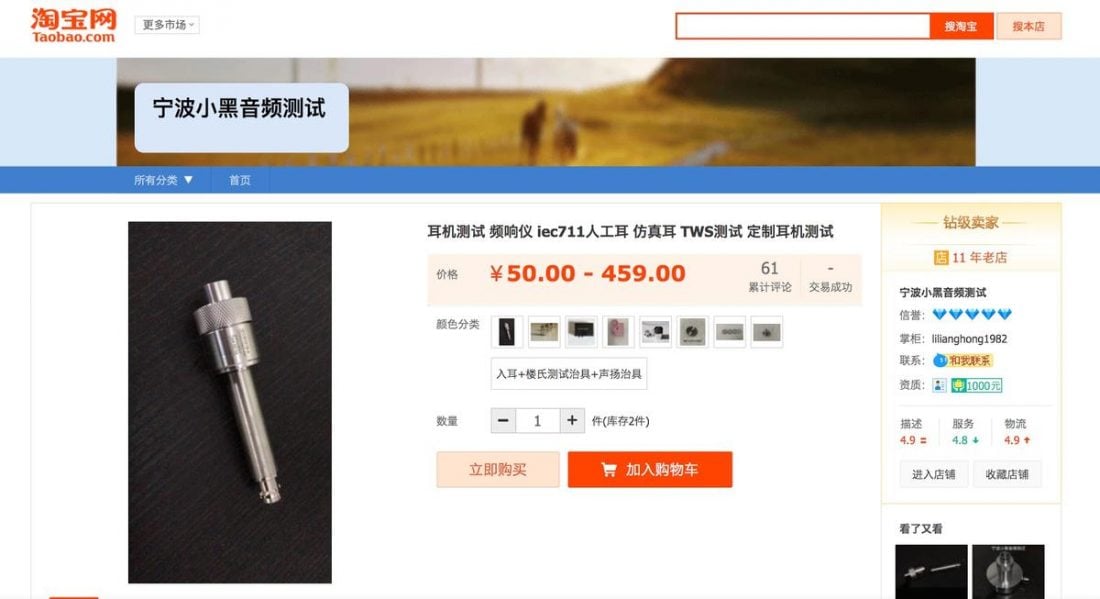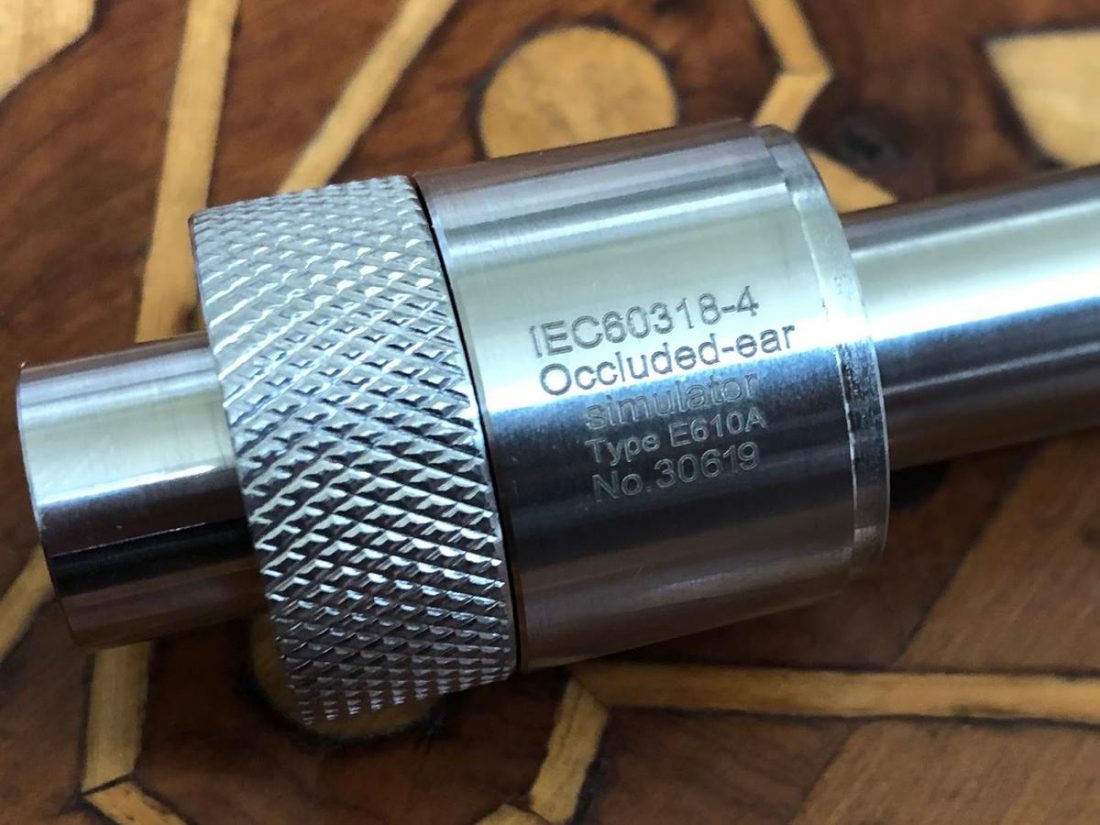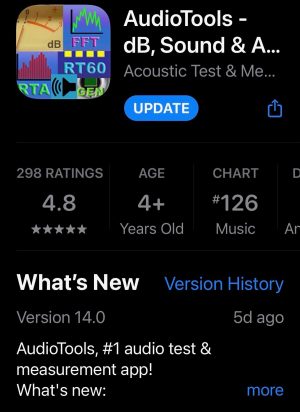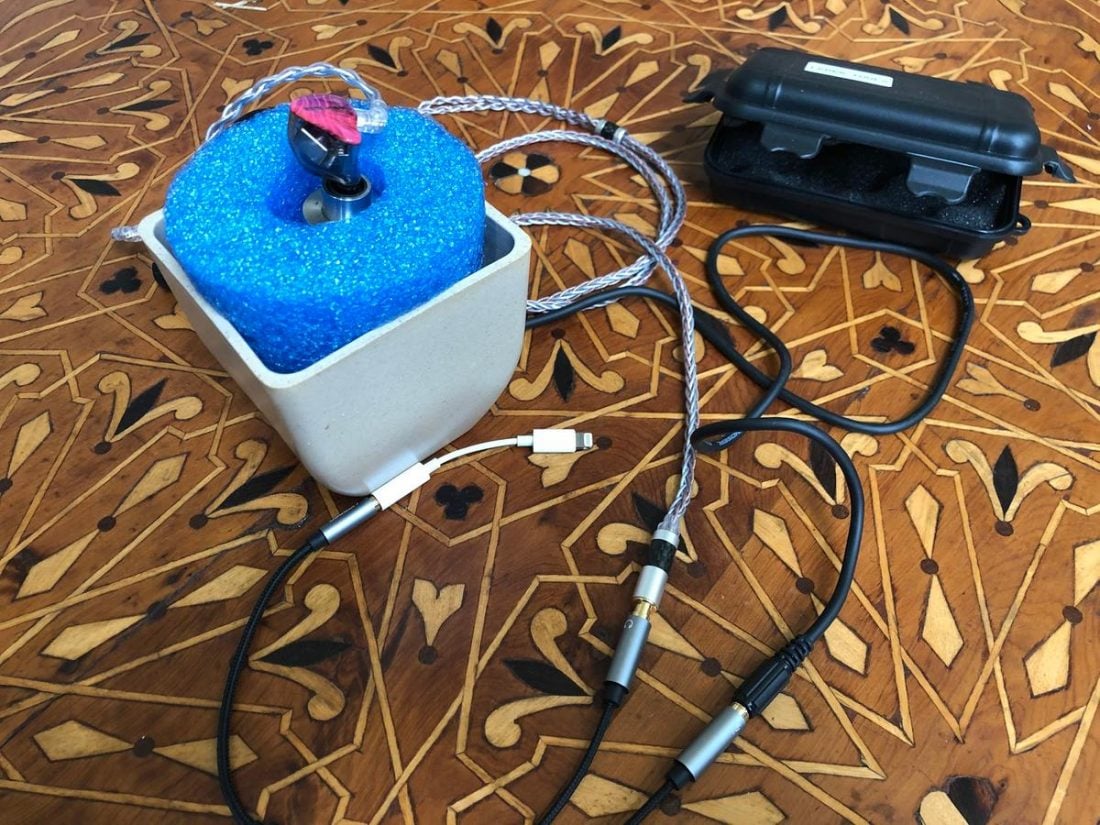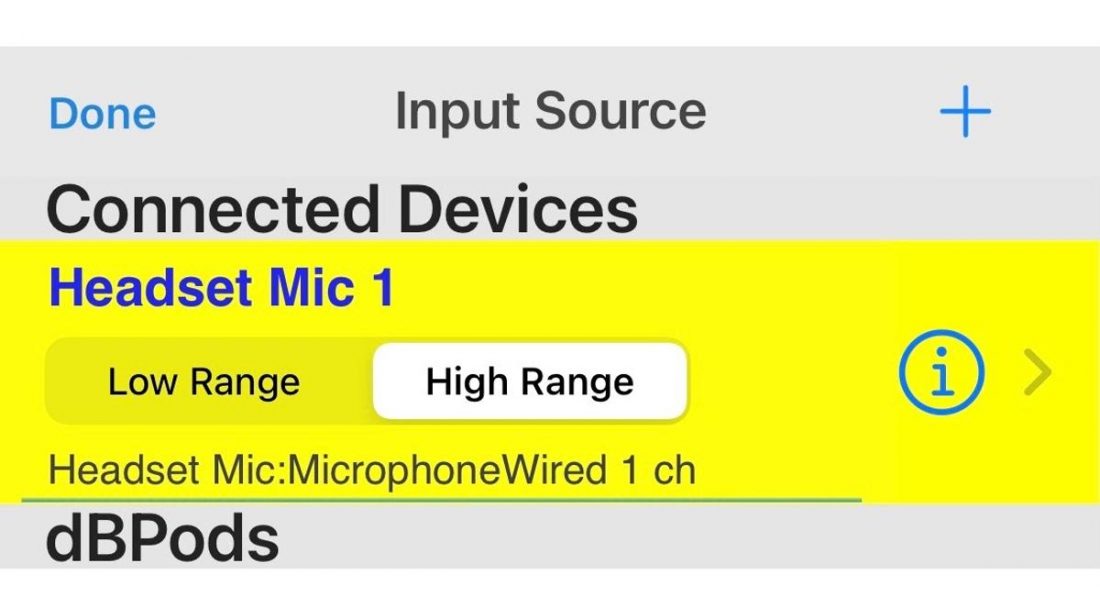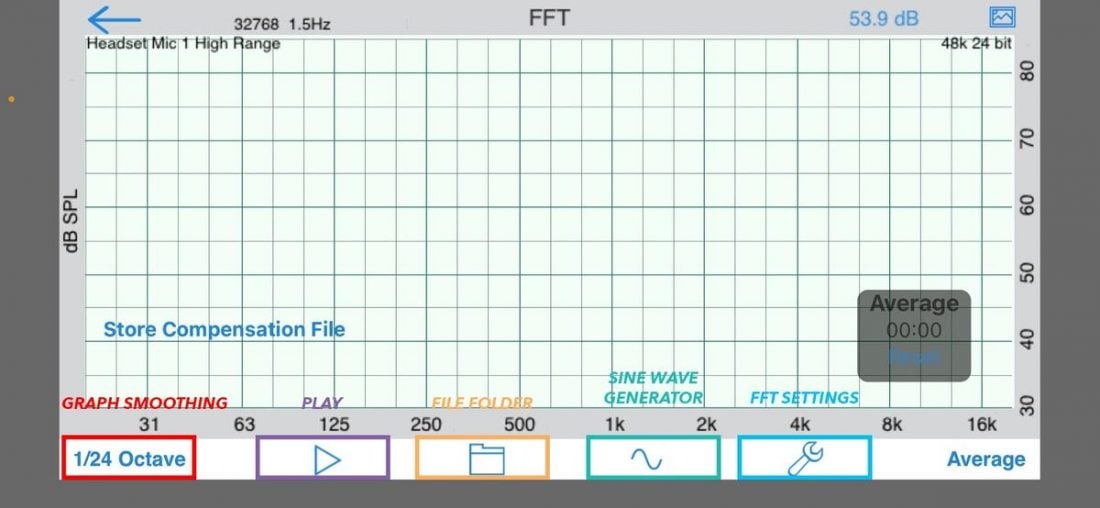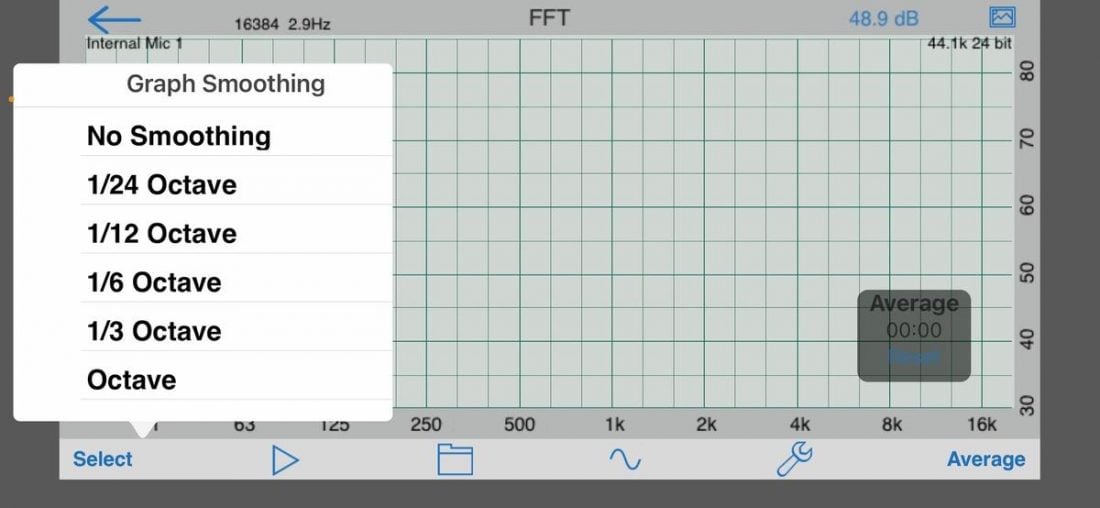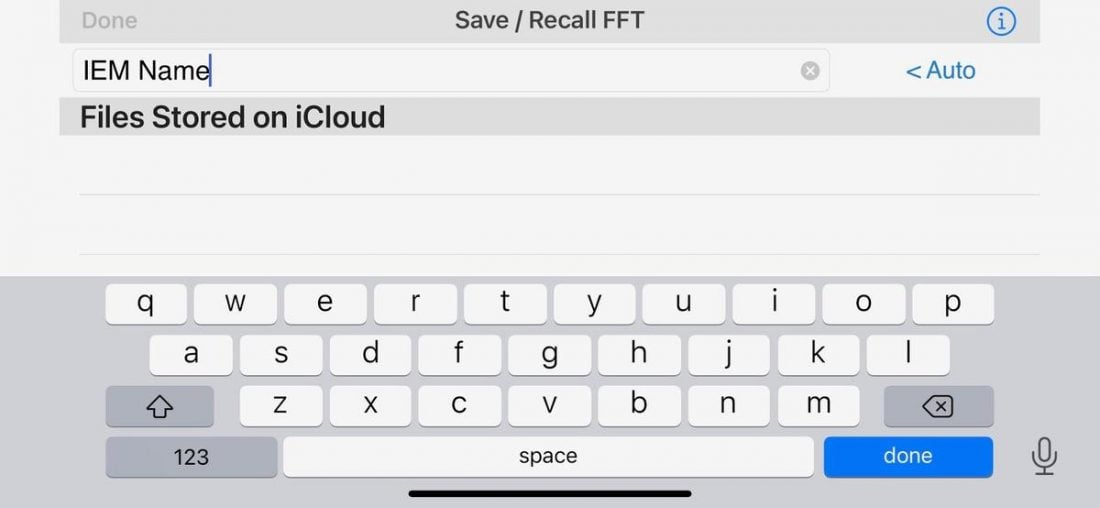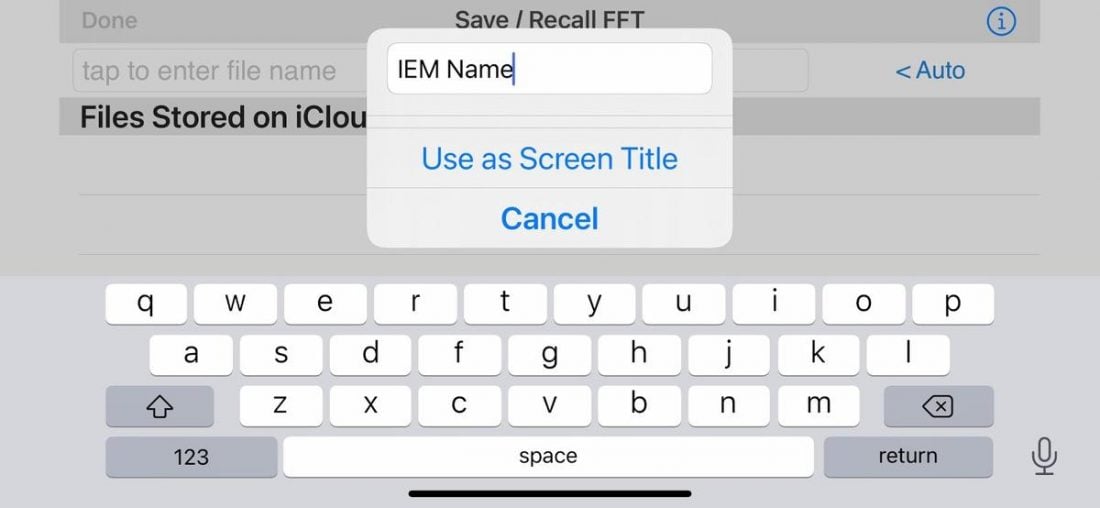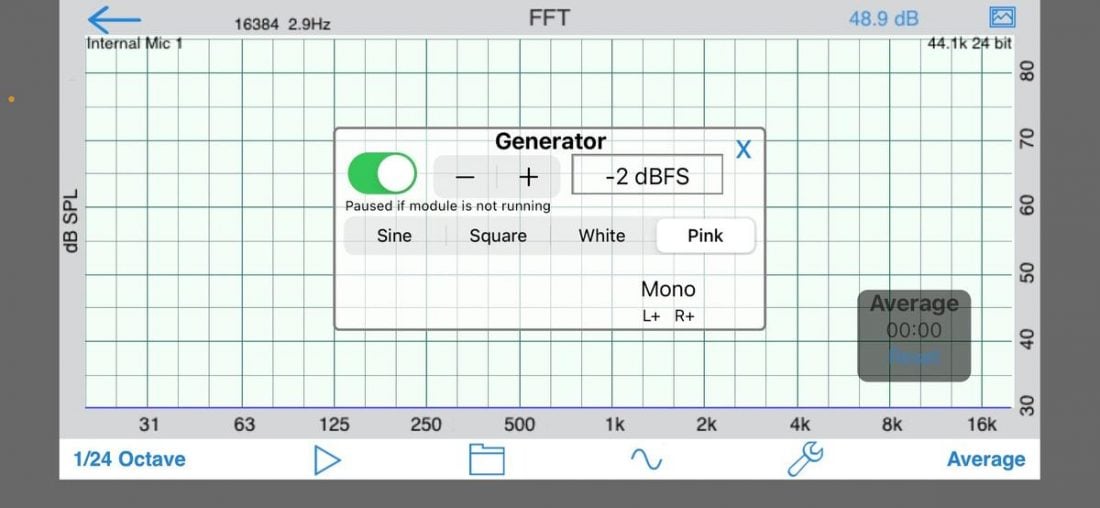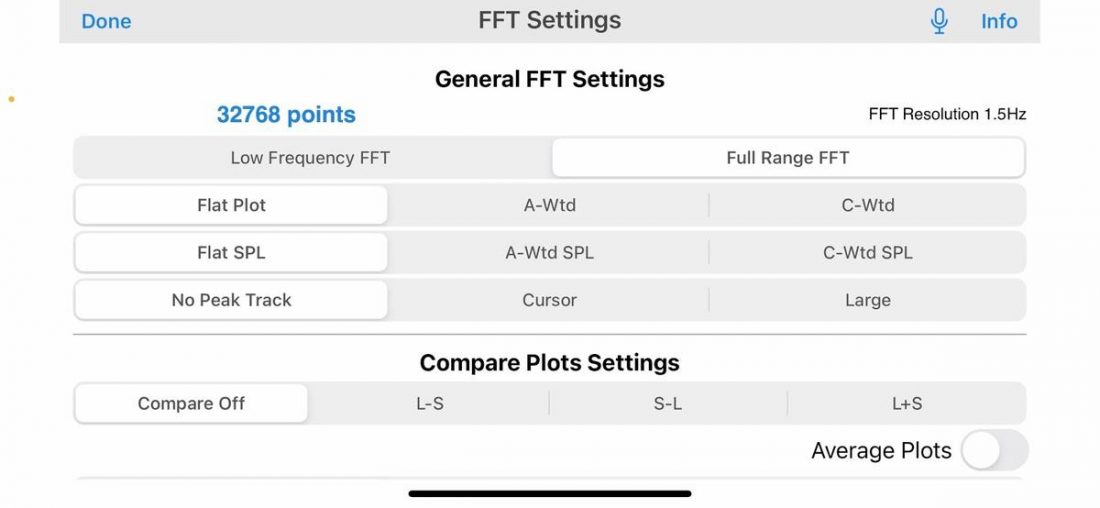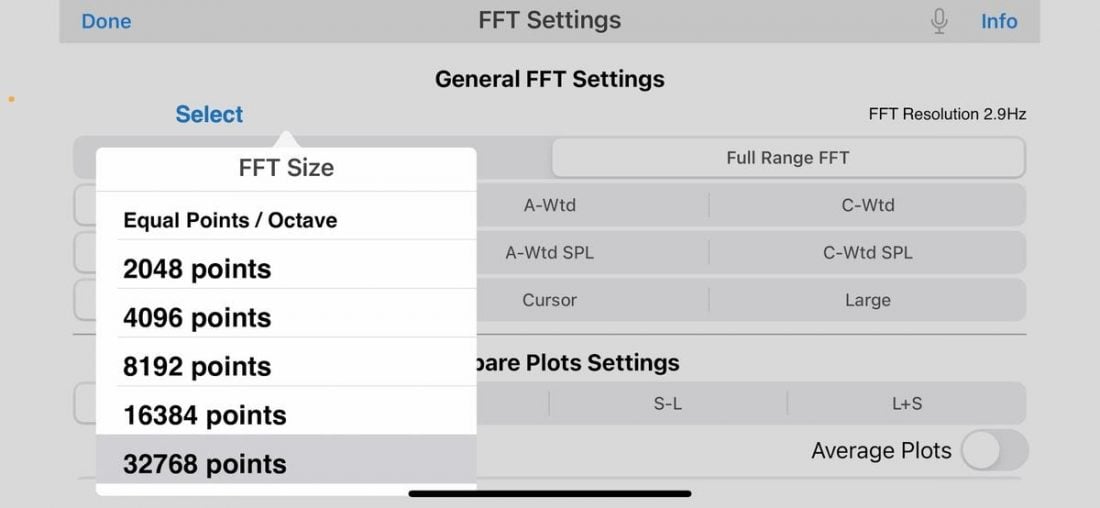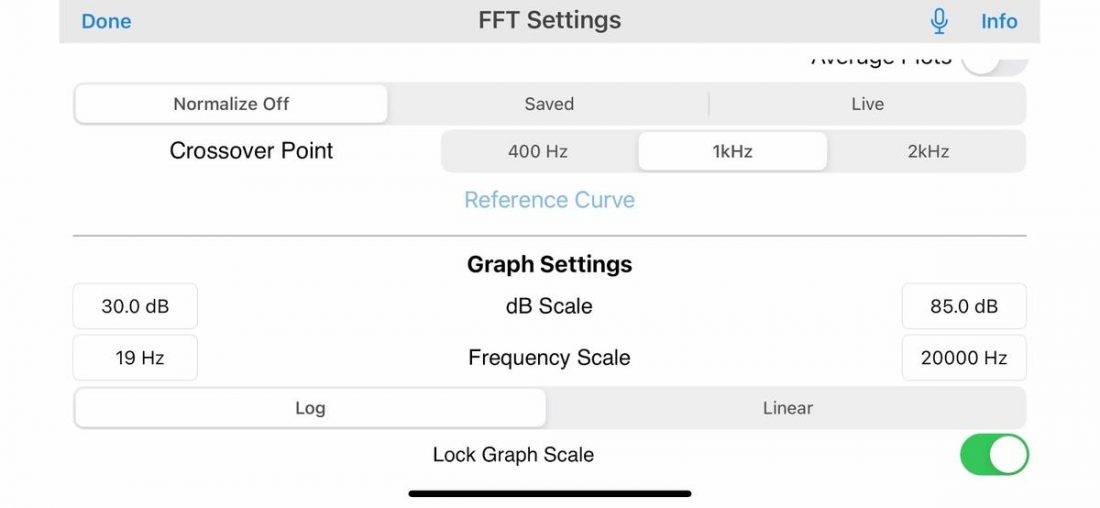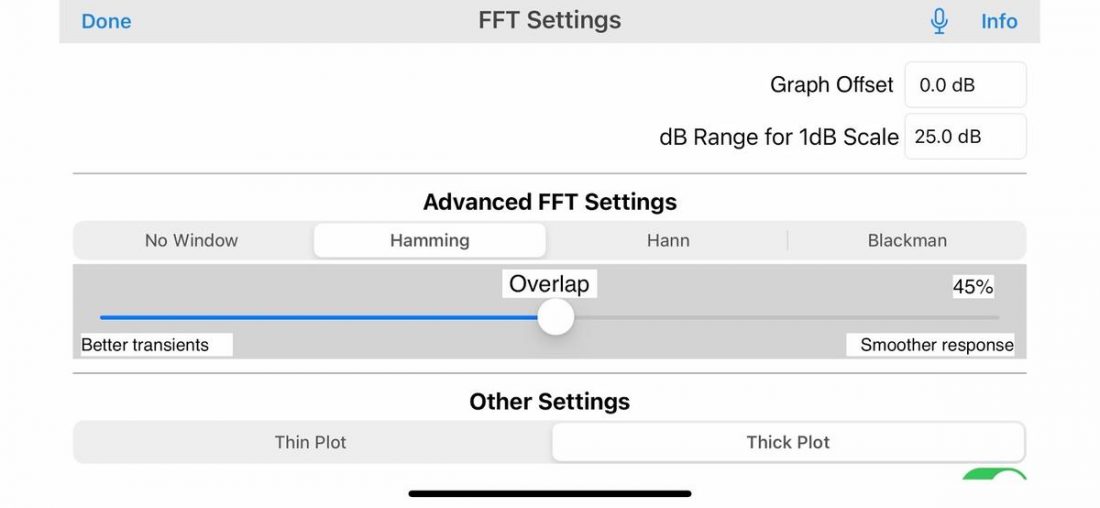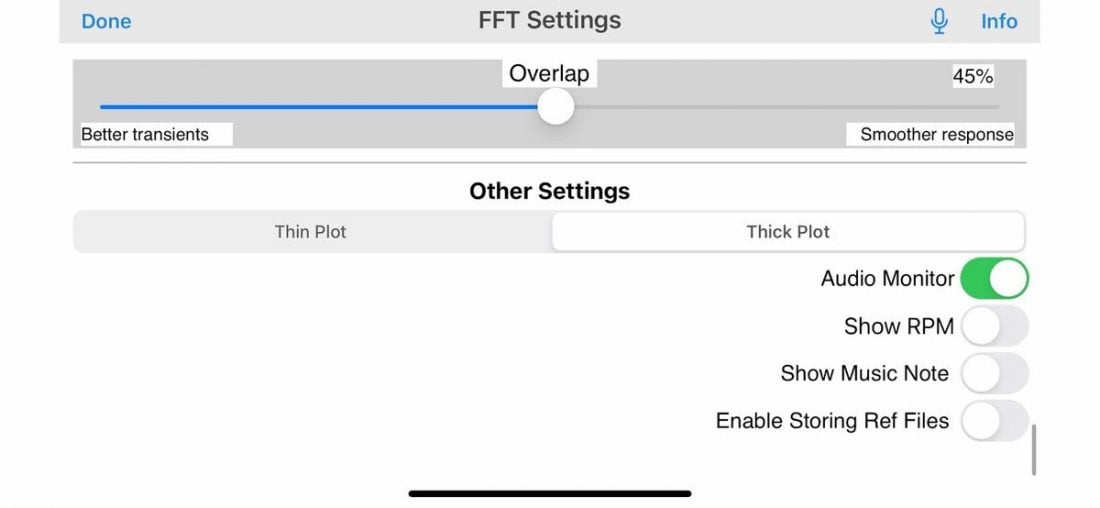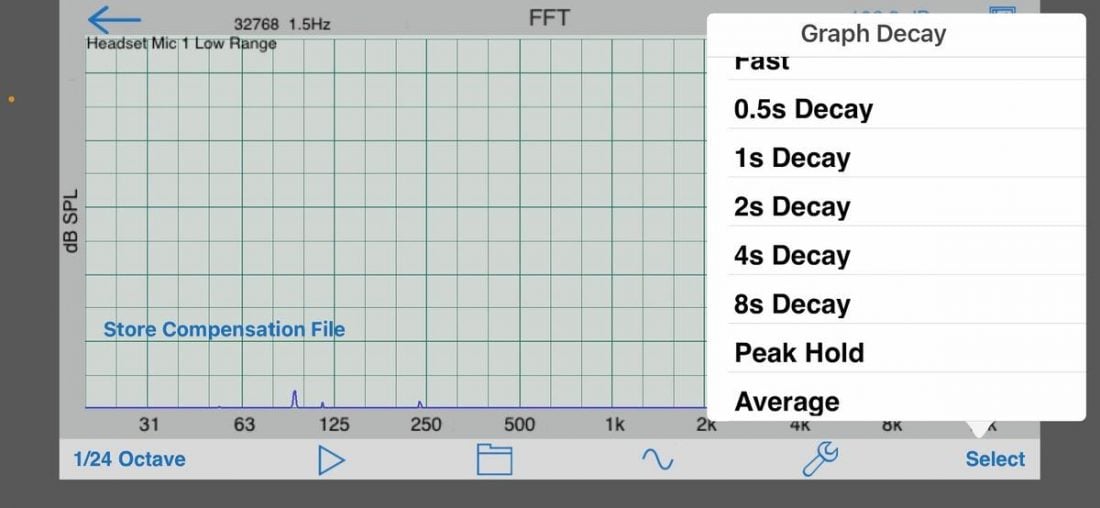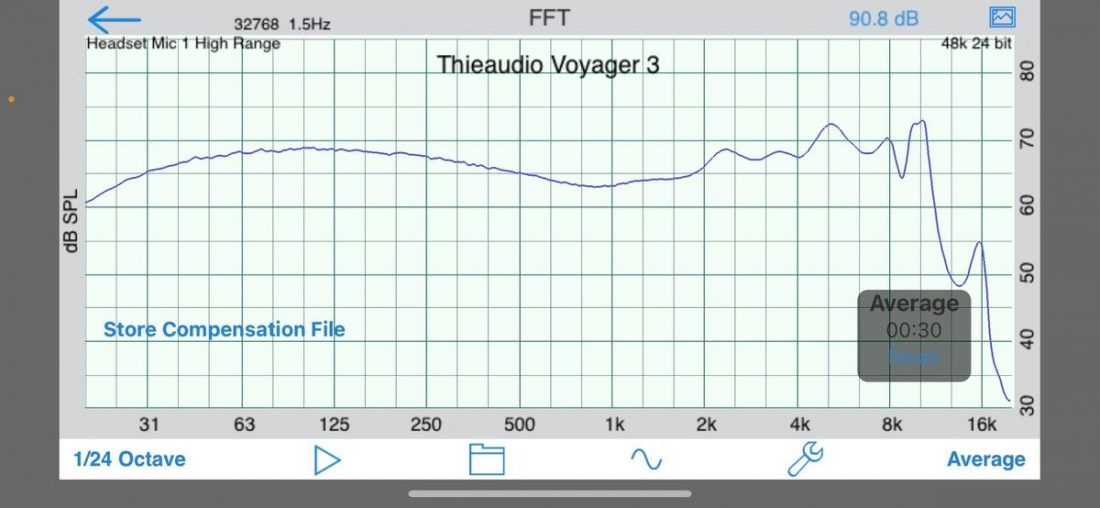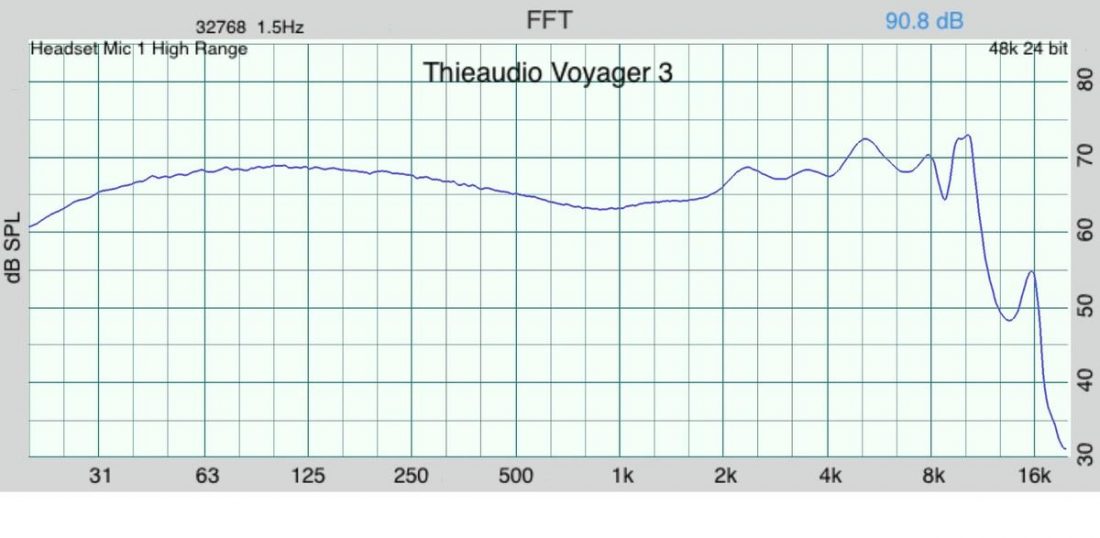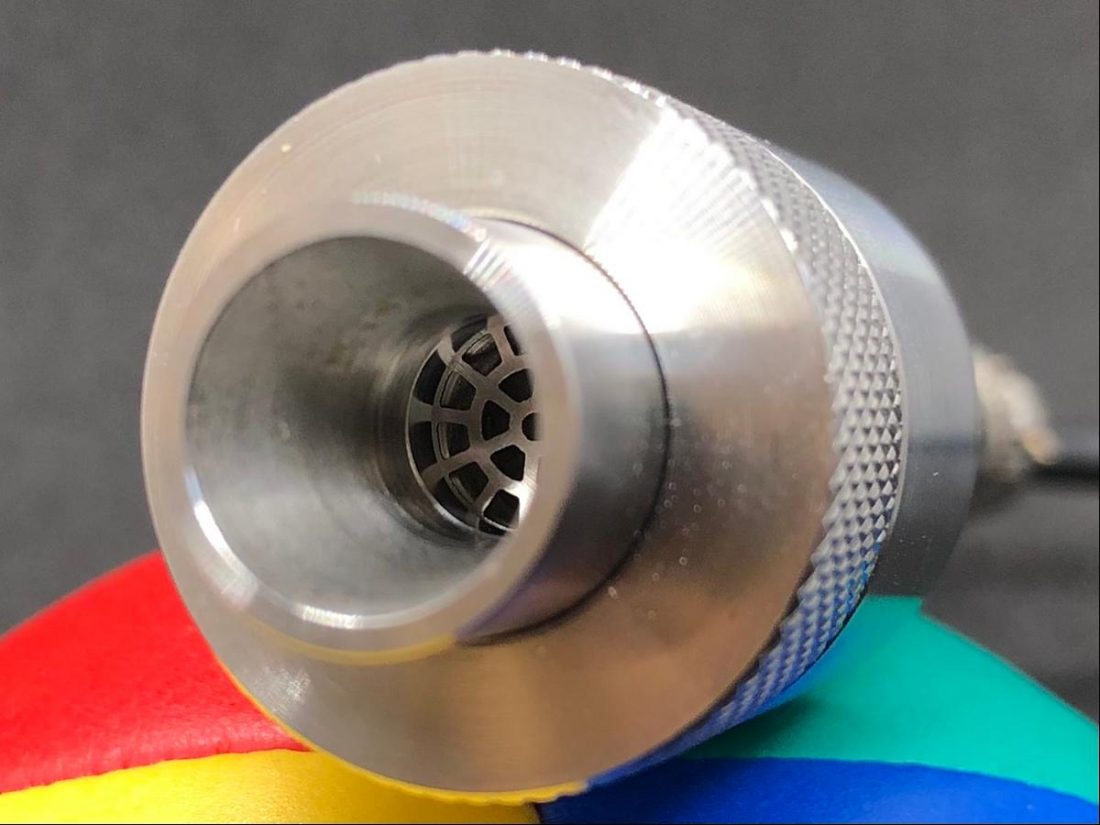Armed with the combination of a limited budget and realistic expectations, we purchased a miniDSP EARS headphone test fixture to standardize our headphone frequency response measurements. After trying it out, I created a couple of articles about the EARS to share my experiences in using the device. First, I look at what the EARS is, what it can do, and the inherent limitations in using the EARS for measurements. The second article is a step-by-step guide on how to measure headphones using the EARS. The original intent was to use the EARS to measure both full-sized headphones and IEMs. Unfortunately, while the EARS works just fine with full-sized headphones, some serious limitations were discovered when attempting to use it with IEMs. The EARS comes pre-assembled as a unit consisting of a pair of molded silicone ears with embedded microphones, a rectangular USB interface box holding the ear plates, and a stamped steel stand. The stand is rounded on top to approximate the top of a human head and to hold the headphone band. The USB interface box connects to a computer with a standard USB A-B printer cable and no driver is needed for use in Windows, Linux, or Apple OS. The USB interface powers the EARS and captures the input from the microphones. The EARS is one of several commercial headphone measurement rigs on the market. It holds the distinction of being the most affordable (by a LARGE margin).” – An introduction to miniDSP EARS. The shape and size of the ear canal in the EARS is short, cylindrical, and simply not natural. This limits the range of insertion depths and does not simulate the acoustic effects of the shape of the ear. It soon became apparent that there has to be something more suitable.
Occluded-Ear Simulators
Ear simulators are standardized devices traditionally used for the calibration of earphones. To better mimic natural ear responses, ear simulators replicate the occlusion effect. This effect occurs when an ear canal is filled by a foreign object. This causes the person to hear a hollow or booming sound when speaking or listening. The strange sound is due to the sound traveling via bone conduction to the cochlea. Acoustic pressure is increased in the occluded ear canal at low frequencies due to the vibration of the ear canal wall. The lack of an occluded-ear simulator in the miniDSP EARS creates results that are quite different from measurements made with industry-standard rigs and creates non standard peaks due to canal response. We must be able to repeat and trust in the measurements we make. The tools and the processes that we follow to make the measurements must be consistent. This is the only way we can compare measurements. We would be better off making measurements with an industry-standard occluded ear simulator device. Unfortunately, the standardized devices from a company like GRAS Sound and Vision are too expensive for the average consumer (like me). This led me to take a look at what tools are being used to create the most respected online IEM measurement databases.
In-Ear Fidelity’s Measurement Tools
The search for an accepted standard basically started and ended with the extensive (approximately 800 IEMs at the time of writing) measurement database on In-Ear Fidelity. I reached out to Corin Ako (or Crinacle as he’s known online) and he was kind enough to answer my questions and point me in the right direction as to what gear he was using to create his database. It turns out that with enough support, Crinacle was recently able to update his hardware closer to a (much more expensive) industry standard. “…I’ll be shifting to a GRAS KB5000/5001 setup with my existing IEC60318-4 coupler for headphone measurements, so basically a GRAS 43AG-4 but with a little extra DIY to fit my portability needs.” From In-Ear Fidelity’s September 3 post, the new hardware consists of: Since this new level of hardware represents a significant financial commitment (the crowdfunding target was $9000 USD!), I decided that replicating In-Ear Fidelity’s previous setup, the one that produced the bulk of the measurements, would be ‘good enough’ for my measurement purposes. …the IEM database will continue to use my existing 711 coupler. Certainly not ideal given that it’s still slightly off from a GRAS RA0402 (though still well within IEC 60318-4 specifications), but the database is basically its own standard these days given the sheer volume of entries anyways. As such, continuing with the old coupler makes more sense to maintain precision, repeatability and comparability…”
IEC 60318-4
Specifically, IEC 60318-4 defines “Electroacoustics – Simulators of human head and ear – Part 4: Occluded-ear simulator for the measurement of earphones coupled to the ear by means of ear inserts.” It describes an occluded-ear simulator intended for the measurement of inserted earphones in the frequency range from 100 Hz to 10 kHz. It is also suitable as the basis for an extension intended to simulate the complete ear canal and the outer ear by simulating the acoustic transfer impedance for the occluded normal adult human ear. There are several limitations for devices designed to meet this standard that should be understood by anyone performing or interpreting measurements.
Large performance variations among individual ears will occur which should be considered when using the ear simulator. It does not simulate the leakage between an earmould and a human ear canal. The results may deviate from the performance of an inserted earphone in a real ear, especially at low frequencies. Below 100 Hz, the device has not been verified to simulate a human ear but can be used as an acoustic coupler at additional frequencies down to 20 Hz. Above 10 kHz the device does not simulate a human ear but can be used as an acoustic coupler at additional frequencies up to 16 kHz.
As with everything, it’s best to approach things with eyes wide open, and understand the limitations when interpreting results.
Hardware Requirements
To create IEM measurements, the following hardware is required: The challenge lies in purchasing the appropriate occluded-ear simulator (I’m going to refer to it as ‘OES’ for the purposes of this article). This IEC 60318-4 compliant inner ear simulator is currently only available from Taobao, a Chinese online shopping website, owned by Alibaba. Taobao is the world’s biggest e-commerce website; however, it is not in English or designed for a North American market.
How to purchase from Taobao
To purchase from Taobao, you will require a third-party shopping, warehousing, and shipping agent. Superbuy worked well for me as I muddled through the purchase steps for the first time. You’ll end up purchasing the product through Superbuy’s website, and they buy it from Taobao on your behalf, and then package and send the item to you. Superbuy offers additional packaging and wrapping services before shipping, which I did ‘just in case’. The parcel that arrived was so securely packaged it took about a half-hour with scissors and knives to finally liberate the OES, which ended up being securely packaged in its own foam-lined hard plastic case. The entire ordering process felt a bit baffling and like a leap of faith, but in the end, it all went perfectly smoothly and the device arrived safe and sound.
Software Requirements
“Software-wise, I am using periodic noise averaging or sine sweep peak holding on iOS AudioTools (not to be confused with AudioTool on Android, which is a vastly inferior FFT program) purely for portability reasons. On my desktop, I use Room EQ Wizard with the occasional dabble in ARTA depending on what functions I require.” – Crinacle in a personal email exchange I purchased AudioTools for iOS from the App Store. It appears to be quite full-featured and does many things that I will likely never use. But, as they say, it is the right tool for the job.
Costs
Occluded ear simulator (OES): $71.57 USD Shipping (to Canada): $32.02 USD DHL Import Charges: $23.57 USD Headphone/microphone splitter: $11.02 USD iOS AudioTools software: $20.60 USD
GRAND TOTAL: $158.78 USD Compared to the multi-thousand-dollar alternatives, this solution is both affordable and reasonable for the enthusiast.
Hooking It All Up
The OES comes with a standard 3.5 mm microphone jack. The hook-up procedure couldn’t be easier.
- Start by plugging the Apple lightning to 3.5mm adapter into the iOS device.
- Plug the male jack of the microphone/headphone splitter cable into this adapter.
- Plug the IEM cable into the marked headphone 3.5mm socket on the splitter.
- Plug the male jack of the OES into the marked microphone 3.5mm socket on the splitter.
- Open the AudioTools application on the iOS device. Since the OES does not have a stand (although it can be used lying on a desk or table), I cut a short length of a pool noodle and found a small flower pot to fit the foam piece. This securely holds the OES in a vertical position and can be adjusted to provide support for the inserted IEM.
iOS AudioTools Software Settings
In the AudioTools software, a few basic settings have to be changed. This is perhaps the most complicated part of the process, as nothing is documented. Again, I appealed to Crinacle for his recommended settings, and I did my best to replicate them.
Settings → Microphone Setup
Headset Mic 1: High Range
Acoustics – Acoustical Analysis Tools → FFT – Fast Fourier Transform
Explanation of the application settings (from L to R)
Graph Smoothing: 1/24 Octave
Play Icon: Press when ready, after all the settings listed have been changed. Press again to pause after 30 seconds. File Folder Icon: Tap to enter a filename (the name of IEM being measured). Save as the graph screen title when prompted.
Sine Wave Icon (Generator): Pink. -2 dBFS. Click the slide switch (make it green) to start playing.
Wrench (FFT Settings): 32768 FFT Points/Octave. Full Range FFT. Crossover Point: 1kHz. Graph Settings: dB Scale: 30-85 dB. Frequency Scale: 19Hz – 20000 Hz. Thick Plot.
Graph Decay: Average
The photo icon button in the top right will save an image of the current screen to the Photo library on the iOS device.
Making Measurements
Once all the above setting changes are made, the basic steps in taking measurements are:
Important Considerations When Performing Measurements
Conclusion
I highly recommend this method of performing IEM measurements. It’s simple, portable, and fast. Not to mention affordable. Is it perfect? Absolutely not. But it is a great solution for most enthusiasts. It’s also far easier to obtain repeatable results than attempting IEM measurements using the miniDSP EARS. So, hopefully, you will no longer wonder how the measurements are obtained for my IEM reviews on Headphonesty. If you are looking for an effective way to measure and compare your IEMs, I trust that this guide will help you make educated decisions on your options.
